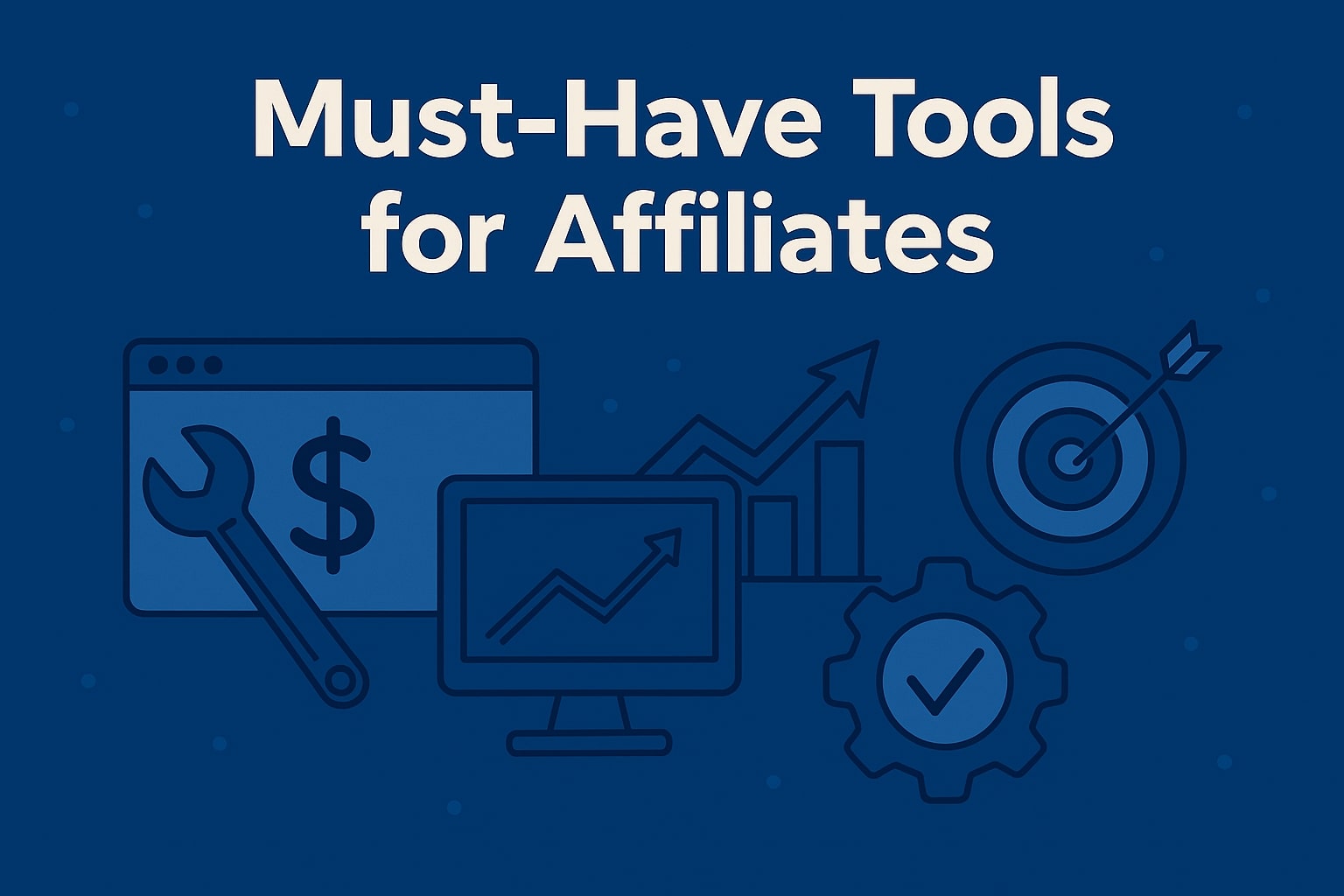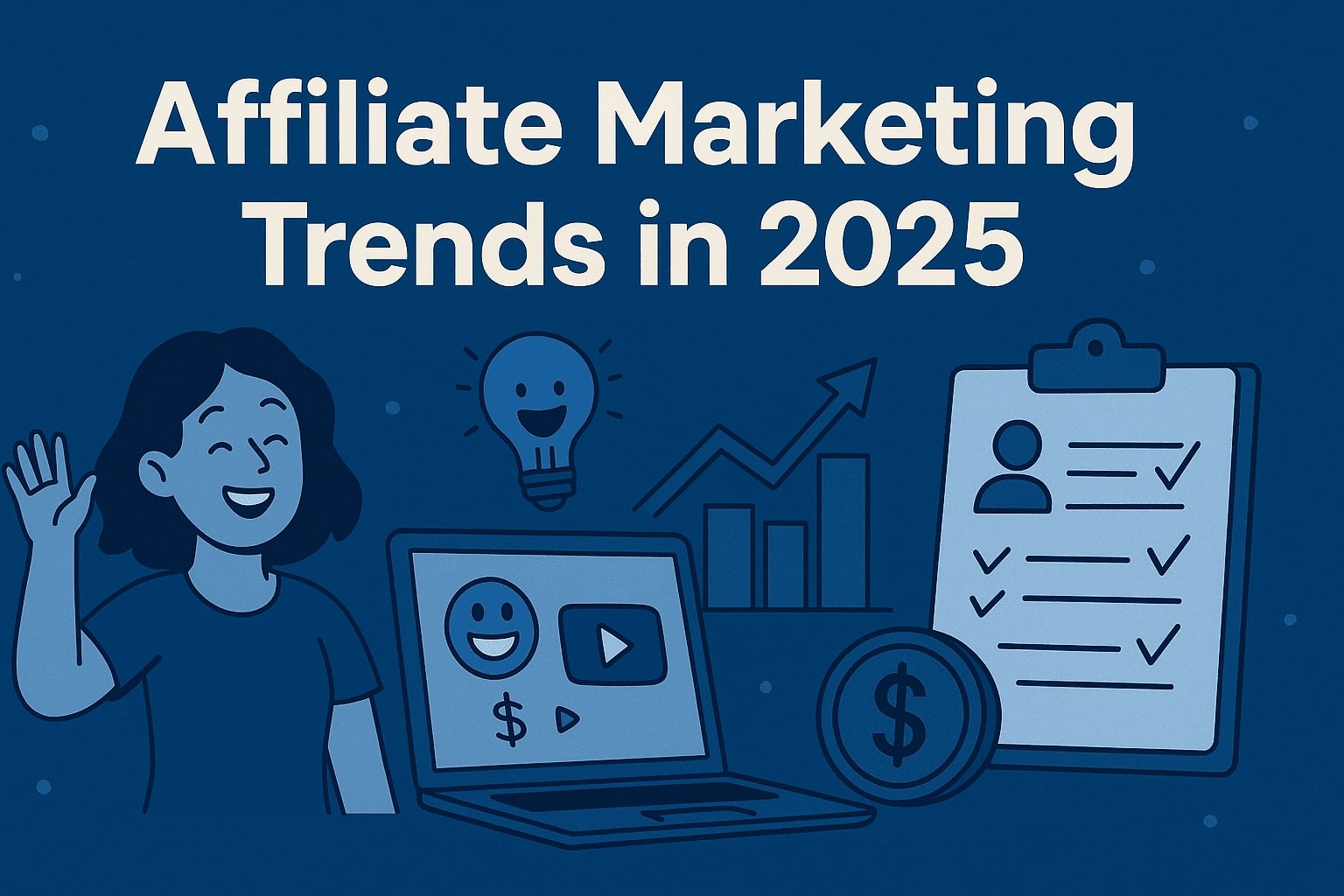Once upon a time, brands threw truckloads of money at celebrities who had more followers than the population of Belgium, hoping their golden smiles would magically sell shampoo. But now? Enter the micro-influencer—a person with fewer followers, more trust, and an uncanny ability to make gluten-free dog treats sound life-changing.
Let’s dive into why micro-influencers are becoming brands’ favorite marketing sidekicks in 2025 (and why your neighbor Becky with 8K followers might be more powerful than The Rock when it comes to selling stuff).
1. People Trust People (Not Polished Billboards)
Let’s face it—consumers are tired of the Hollywood shine and #ad overload. We want real reviews, honest opinions, and someone who’s actually tried the product without a team of stylists on standby.
Micro-influencers (1,000 to 100,000 followers) are basically the internet’s cool cousins—relatable, responsive, and refreshingly unfiltered. When they recommend a skincare product, we believe it’s because it worked, not because they were gifted a private island.
2. Niche Audiences Are Where the Magic Happens
Want to sell vegan hiking boots for toddlers? There’s a micro-influencer for that.
Unlike mega-influencers who appeal to everyone and their grandma, micro-influencers operate in hyper-specific corners of the internet: minimalist parenting, DIY aquascaping etc. Their followers aren’t just scrolling—they’re invested. Which means… conversions.
3. Higher Engagement, Lower Drama
Micro-influencers get comments like:
“I bought this because of you! Game changer! 🙌🔥”
Mega-influencers? They get:
“Why didn’t you go to the Met Gala this year?”
“Is this even a real product or just another paid post?”
“First.”
Smaller influencers have higher engagement rates. Why? Because their followers actually care—and aren’t bots or ghosts who followed them in 2017 for a giveaway and never returned.
4. Budget-Friendly (aka CFO-Approved)
Hiring a Kardashian to post about your protein bars might cost as much as a down payment on a Tesla factory. Micro-influencers? They’ll often work for a reasonable fee, affiliate revenue, or—brace yourself—a few free products and a heartfelt DM.
For small to medium brands, this is influencer ROI gold.
5. They’re Collaborative, Not Divas
Micro-influencers are approachable. They read briefs. They ask questions. They won’t ghost you after posting a blurry, off-brand photo with the caption: “Check this out 😎 #sponsoredmaybe.”
Many become long-term ambassadors—actual relationships you can build, not just one-night stands for your product line.
The Bottom Line: Authenticity Wins in 2025
Consumers want authenticity, not polished PR scripts. Brands want results, not just reach. Micro-influencers sit at the sweet, scrappy intersection of both.
So the next time you think of launching an influencer campaign, skip the A-lister with the avocado sponsorship and check out that passionate YouTuber reviewing ergonomic office chairs. She’s probably got a waiting list—and a higher conversion rate than your last five Facebook ads.



